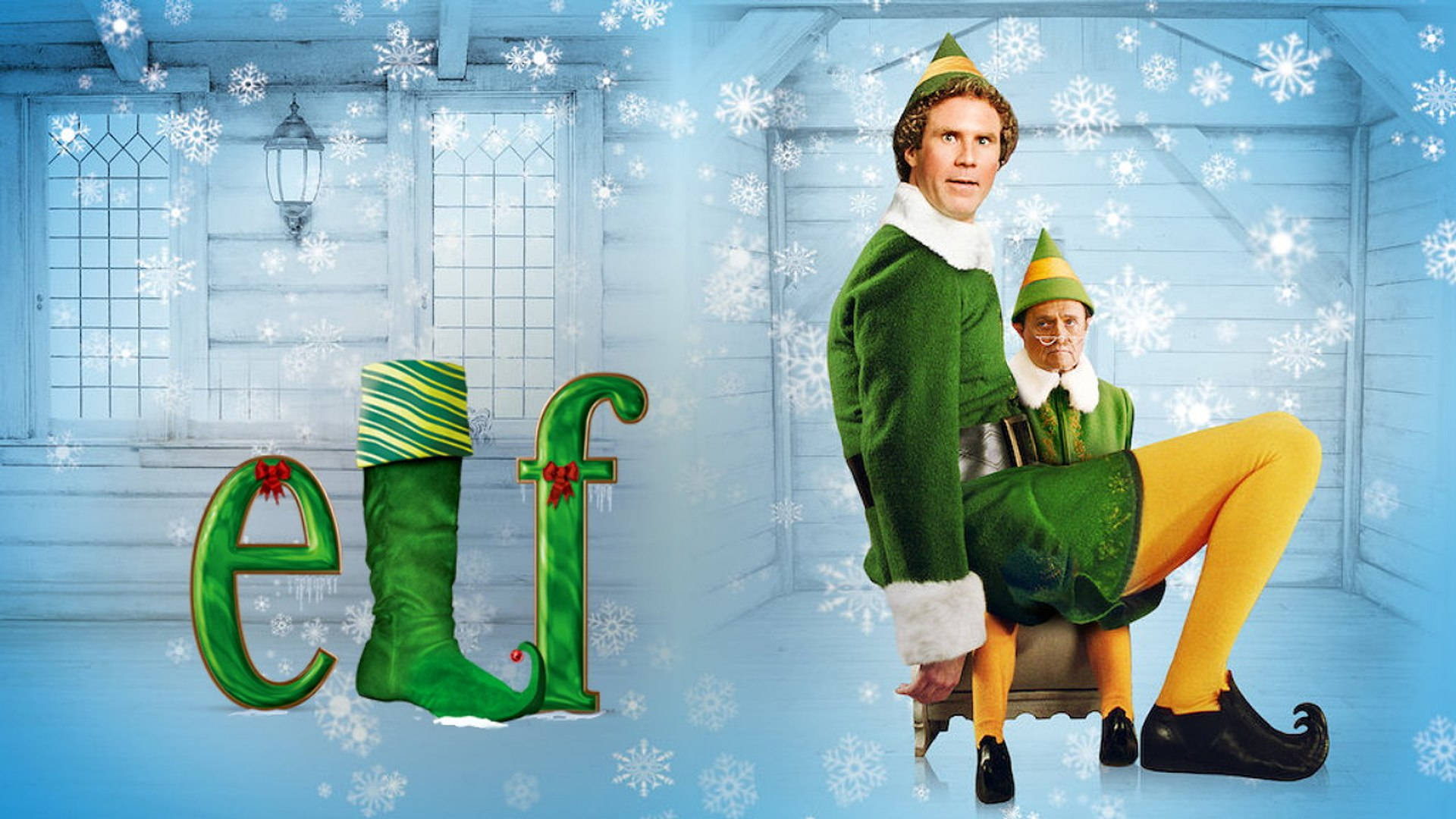The crisp air, the twinkling lights, the anticipation of the holidays – it’s a magical time of year, and for many, a certain mischievous, red-suited scout elf becomes the harbinger of this joy. While traditionally a home staple, the Elf on the Shelf has increasingly found its way into classrooms, offering educators a unique, engaging, and utterly delightful tool to spark learning, foster community, and sprinkle a little extra holiday magic.
Far from being just a fun distraction, a classroom elf can be a powerful educational resource, igniting curiosity, encouraging positive behavior, and providing countless opportunities for cross-curricular learning. This article will explore a wealth of Elf on the Shelf classroom ideas, demonstrating how this tiny visitor can transform your learning environment into a hub of excitement, creativity, and festive discovery.
Why Bring an Elf to the Classroom? The Educational Benefits
Before diving into specific ideas, let’s understand the profound impact an elf can have:
- Enhanced Engagement & Excitement: The daily anticipation of discovering the elf’s new perch or prank creates an unparalleled level of student engagement. Children are naturally curious, and the elf provides a daily mystery to solve.
- Fostering Positive Behavior: The elf is Santa’s scout, observing behavior. This provides a gentle, external motivator for students to practice kindness, follow rules, and work collaboratively, often more effectively than traditional discipline methods during this sensitive time of year.
- Literacy Development: The elf can inspire reading (notes from Santa, elf’s "reading" books), writing (journals, letters to the elf, creative stories), and vocabulary expansion.
- Mathematical Exploration: From counting items the elf interacted with to graphing favorite elf activities, the possibilities for math integration are endless.
- Science & STEM Opportunities: Simple experiments, observations, and engineering challenges can be cleverly woven into the elf’s daily antics.
- Social-Emotional Learning (SEL): Discussions about the elf’s actions (good or mischievous), problem-solving scenarios, and promoting empathy are natural outcomes.
- Community Building: The shared experience of welcoming and interacting with the elf creates a strong sense of classroom community and shared joy.
- Sparking Creativity: Students are inspired to draw, write stories, and imagine scenarios involving their elf.
Welcoming Your Elfin Friend: The Grand Arrival
The first impression is crucial! Make your elf’s arrival memorable:
- The Mysterious Package: Have the elf arrive in a special, glitter-covered box, perhaps with a "North Pole Express" label.
- A Letter from Santa: Include a personalized letter from Santa introducing the elf, explaining its purpose (to observe and report), and setting the stage for the magic. This is a great literacy opportunity.
- Naming Ceremony: Allow students to suggest names and vote for their favorite. This fosters ownership and community.
- Establish Rules: Clearly state the "no touching" rule. Explain why (it loses its magic). This is vital for managing the elf’s presence and preventing accidents.
Daily Elfin Adventures: Integrating Learning & Fun
Here’s where the real magic happens! These ideas are adaptable for various age groups, from pre-K to upper elementary. Remember to keep it simple – you don’t need elaborate setups every day.
1. Literacy Link-Ups: Reading, Writing & Vocabulary
- Elf’s Reading Nook: Position the elf "reading" a favorite holiday book or a book related to your current unit of study. Leave a bookmark.
- Letters from the Elf: Have the elf leave short, personalized notes for individual students or the whole class, praising good behavior, asking a question, or giving a gentle reminder.
- Elf Journal: Encourage students to keep an "Elf Journal" where they record their observations, draw pictures of the elf’s antics, and write short stories about what the elf might do next.
- Story Starters: The elf’s daily position can be a perfect story prompt: "The elf got stuck in the bookshelf. How did he get there?"
- Vocabulary Builder: Introduce new words related to the elf’s activities (e.g., mischievous, perch, scout, report, observation).
- "Missing" Words: The elf can "steal" a few words from a bulletin board or a story, leaving blanks for students to fill in.
2. Math Magic: Counting, Patterns & Problem-Solving
- Counting Caper: The elf can spill a bag of candy canes or small erasers, leaving a note asking students to count them.
- Pattern Play: The elf can arrange small objects (blocks, crayons, buttons) into a repeating pattern, challenging students to identify and extend it.
- Measurement Mischief: The elf can "measure" various classroom objects using non-standard units (paperclips, linking cubes) and leave a note with the measurements.
- Graphing Fun: Create a class graph: "Our Favorite Elf Prank," "Where Will the Elf Be Tomorrow?", or "How Many Times Has the Elf Visited This Spot?"
- Number Sense: The elf can write numbers on a whiteboard, sometimes out of order, challenging students to put them in sequence or identify missing numbers.
- "Elf Bucks" Counting: The elf can leave small "elf bucks" (pretend money) for good deeds, and students can count their earnings.
3. Science & STEM Shenanigans: Observation & Experimentation
- Simple Experiments: The elf can "set up" a very basic science experiment (e.g., a cup of water with a celery stalk, a balloon inflated with baking soda and vinegar) and leave a note asking students to predict what will happen.
- Observation Station: The elf can be positioned near a nature table, "observing" leaves, rocks, or a class pet, prompting students to make their own observations.
- Engineering Challenge: The elf can "get stuck" somewhere high, leaving a note asking students to design and build a ramp or ladder to help him down (without touching!).
- Magnifying Glass Mystery: The elf can be found with a magnifying glass, "examining" a small object, encouraging students to do the same.
- States of Matter: The elf can leave a cup of ice, asking students to observe what happens over time.
4. Social-Emotional Learning (SEL) & Character Building
- Kindness Elf: The elf can leave notes praising acts of kindness observed in the classroom or challenge students to perform specific acts of kindness (e.g., "Help a friend today").
- Manners Matter: The elf can model good manners (e.g., leaving a "thank you" note) or gently point out areas for improvement (e.g., "I noticed some loud voices today. Remember to use your indoor voices!").
- Problem-Solving Scenarios: The elf can "create" a minor problem (e.g., knocking over a stack of books, tangling a string of lights) and leave a note asking students how they would solve it.
- Empathy Builder: If the elf does something a bit naughty, it can spark discussions about consequences and how actions affect others.
- Sharing & Cooperation: The elf can leave a message about the importance of sharing toys or working together.
5. Creative Arts & Crafts: Expression & Imagination
- Draw the Elf: Students can draw pictures of the elf in its daily position or imagine new adventures for it.
- Elf Accessories: Provide materials for students to create tiny accessories for the elf (a hat, a scarf, a miniature book – to be placed by the teacher).
- Elf’s Home: Students can design and build a miniature "home" or furniture for the elf (again, the teacher places the elf there).
- Holiday Decorations: The elf can "help" decorate the classroom, leaving a string of lights or a small ornament for students to hang.
6. Movement & Games: Active Learning
- Elf Scavenger Hunt: The elf can leave a series of rhyming clues leading students to its hiding spot.
- "Elf Says": A holiday twist on "Simon Says," with elf-themed actions.
- Freeze Dance: Play holiday music, and when the music stops, students freeze like the elf.
Tips for a Successful Elf on the Shelf Experience
- Keep it Simple: You don’t need elaborate setups every day. A quick repositioning or a simple note can be just as effective. Burnout is real!
- Plan Ahead (a little): Jot down a few ideas at the beginning of the week. This saves time and stress.
- Involve Students (within limits): Let them help name the elf, suggest ideas for its activities (which you can adapt), or write letters.
- Set Clear Rules: Reinforce the "no touching" rule gently but firmly.
- Be Flexible: If a planned activity doesn’t fit the day’s curriculum or schedule, pivot!
- Document the Journey: Take photos! These can be compiled into a class book or shared with parents.
- Consider Your Age Group: Younger children might enjoy simpler pranks, while older students can handle more complex challenges or even write elaborate stories from the elf’s perspective.
- Don’t Overdo It: The elf is a tool, not the entire curriculum. Use it strategically to enhance learning.
Beyond the Traditional Elf: Alternatives & Variations
If the traditional Elf on the Shelf doesn’t quite fit your classroom philosophy, or you’re looking for a different spin, consider these alternatives:
- The Classroom Kindness Elf: Instead of mischievous pranks, this elf focuses solely on observing and rewarding acts of kindness, leaving notes of encouragement or small "kindness challenges."
- The "Traveling" Elf: This elf might "visit" different classrooms or even other parts of the school (library, gym) and report back on positive behaviors observed there.
- The "Gift of Giving" Elf: This elf encourages students to think about giving back to the community, perhaps leaving suggestions for charity drives or acts of service.
- The "Book Elf": This elf focuses entirely on literacy, always being found with a book, leaving reading challenges, or recommending new titles.
The Farewell: A Bittersweet Departure
Just as the arrival is special, so too should be the departure.
- Goodbye Letter: Have the elf leave a final letter, thanking the class for their kindness, reflecting on the fun times, and promising to report all the good things to Santa.
- Class Reflection: Discuss what students learned from the elf, their favorite moments, and what they will miss.
- A Small Gift: The elf might leave a small, inexpensive gift for the class (a new book, a board game, or a bag of candy to share) as a final thank you.
Conclusion
Bringing an Elf on the Shelf into the classroom is more than just a holiday tradition; it’s an opportunity to weave magic, learning, and positive character development into the fabric of your school day. With thoughtful planning and a dash of creativity, this tiny scout elf can become an invaluable assistant, transforming your classroom into a vibrant, joyful space where students are eager to learn, behave kindly, and embrace the wonder of the season. So, get ready to welcome your new elfin friend and watch the magic unfold!


